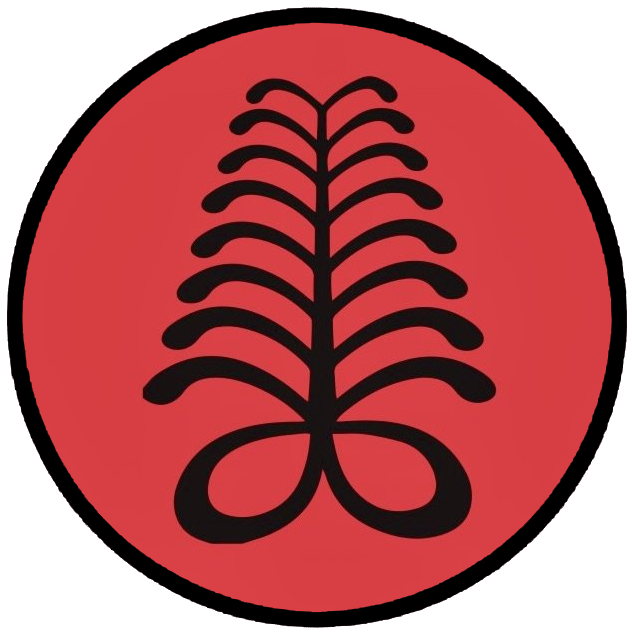Rest and Recover Days. Why do them and what is the benefit?
1- Rebuild and repair muscle tissue
2- Strengthen joints and ligaments
3- Replenish fluids and energy stores
4- Refresh mental engergy
5- Reduce risk of injury
6- Avoid overtraining.
7- Improve performance and results
There are three ways to approach your recovery days. Complete rest days, a day off the legs, or active recovery.
Active recovery:
Goal -Speed up recovery process. Easy pace, low resistance, light load, no impact.
Benefit- Increase blood flow, reduced muscle soreness, reduce inflammation.
Examples- Swimming, stretching, easy spin
Duration 20min-90min
I do not recommend running or gym work for most triathletes for active recovery.
Athletes with diabetes or blood sugar issues respond well to active recovery over complete rest days.
Day off the legs recovery is highly recommended for high load training periods or athletes that need significant soreness removed from their legs. Swimming is recommended here.
Complete rest is as exactly as it sounds, no training at all. I recommend some gentle stretching, massage and good self care on these days.
Systematic recovery and regeneration plan within a training program- here are some practical guidelines:
Always strive to maintain a basic level of health.
Eat wisely, eat enough and ensure adequate hydration
Restoration of energy and water stores before and after training and competition should be a major priority.
Little evidence for vast majority of supplements. Supplementation is not an excuse for a poor diet or unwise nutritional practices.
Rest, recovery and regeneration periods should be planned as integral parts of the training and competition program.
At least one full day per week should be assigned to active recovery.
Allow for a 3-5 regeneration days within periodization
Allow for full recovery every season depending on athletes total load for the season in training and competition.
Every season there should be a more extended period of planned regeneration. Typically 10 -14 days…some of which will be passive in nature.
Keep a training diary; track VOLUME & INTENSITY.
Attempt to ‘individualize’ the training schedule and load; do not blindly follow some ‘famous’ athlete’s regime!
Establish a sound history of basic training involving a critical mass of low intensity training prior to attempting to increase the % of high intensity interval training within a given program.
Monitor the easy/light training sessions/days as carefully as you would the hard/intense ones.
Limiting the number of really intense training sessions to 3 - 4 per 7 – 10 day cycle depending on the athlete and period of year.
Every athlete is different, it’s a moving target as athlete develops and changes.
Three Pillars to Recovery: Sleep/Training/Nutrition: Needs to be REPEATABLE + SUSTAINABLE = CONSISTENCY
Here is a helpful and simple list I like to use for recovery guidelines.
Tracking Recovery (Scale 1—10: 1 being nothing, 10 being very difficult):
Morning resting heart rate
Overall difficulty for the training
Overall life stress
Ability to complete the week as planned
How well did you do in the following areas?
Sleep quality
Nutrition
Hydration
Injury/Illness
Life Management (i.e. school/work/family stress)
Stretching/Massage/Body work care
Fatigue level
Muscle Soreness
Willingness to train and execute sessions
These guidelines will help you develop an understanding of how often and what type of recovery you need in your program. How it might change throughout different development phases in your athletic career and within each year.
Remember that typically you might rest in and out of races. If no races are planned throughout your season scheduled breaks should be considered to avoid overall fatigue and burnout.
Recovery isn’t a one-shoe-fits-all. Just as your training should be specific for you, your recovery type and timing should be specific to you.
